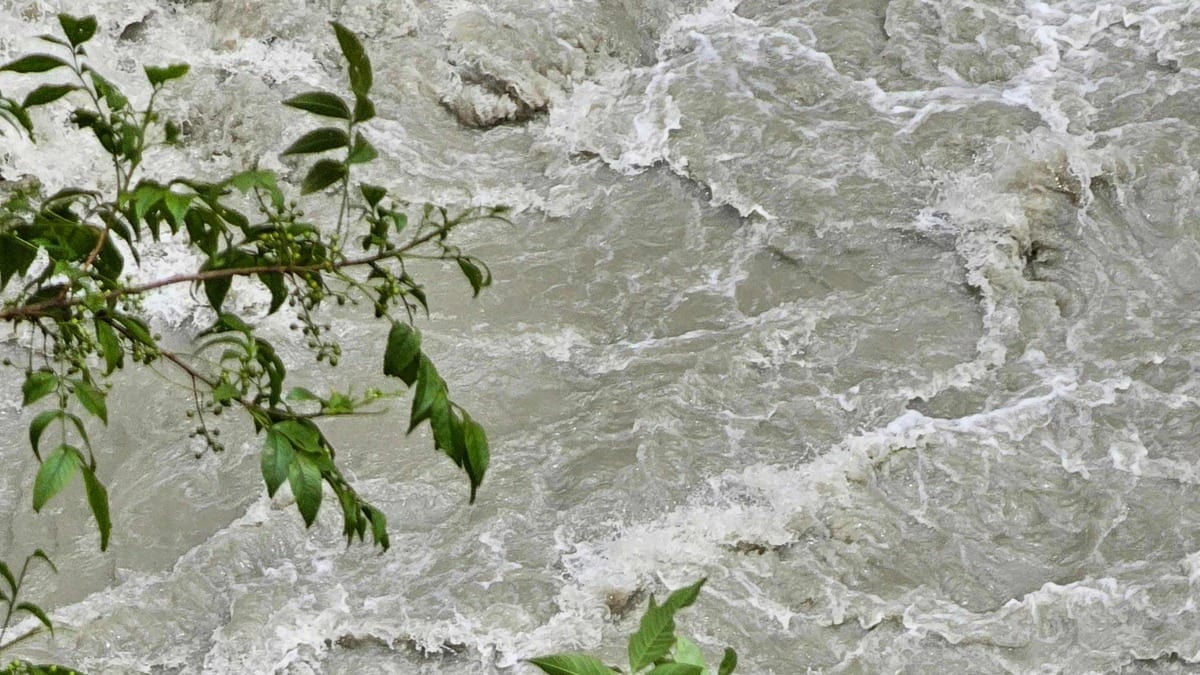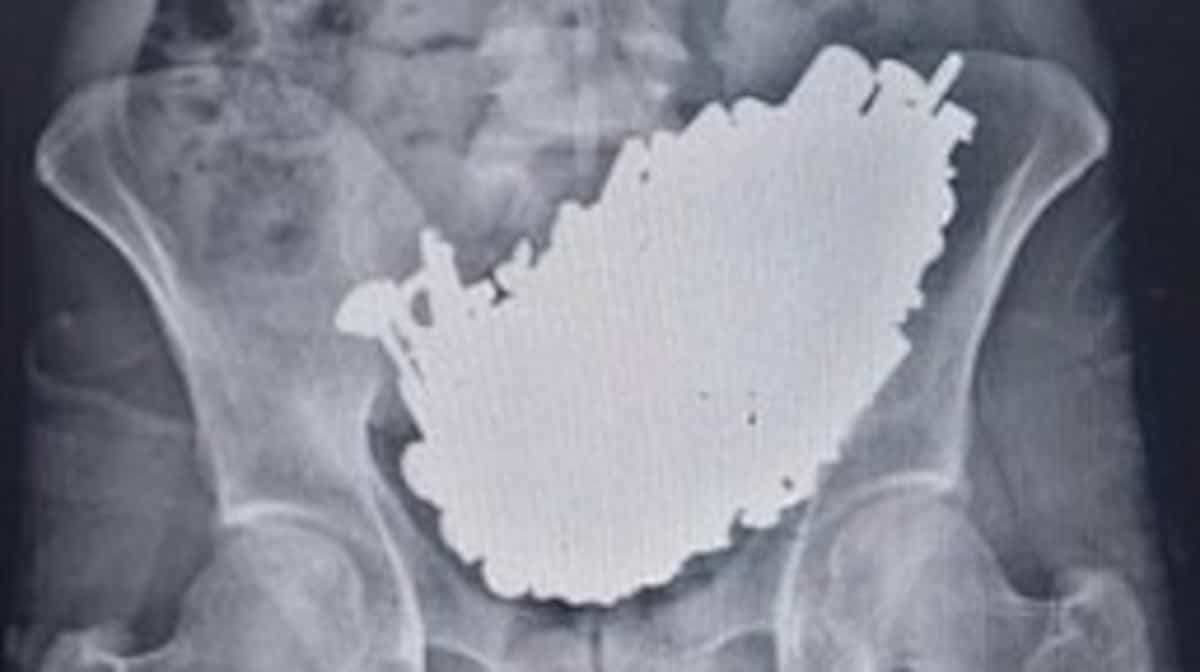
(Sydney) – The Great Barrier Reef, in northeastern Australia, is currently experiencing the worst bleaching wave ever, under the influence of global warming, the body that manages it announced on Wednesday.
“The cumulative impact experienced by the barrier this summer was higher than in the previous summer,” the Great Barrier Sea Park Authority, which relies on the Australian federal government, said in a press release.
This new episode of massive bleaching, announced in March, due to rising water temperatures, is the fifth in eight years.
The Great Barrier Reef, which stretches 2,300 kilometers along the coast of Queensland, is often considered the largest living structure in the world. It is home to an extremely rich biodiversity, with more than 600 species of coral and 1,625 species of fish.
The authority said that aerial observations showed that about 730 of the more than 1,000 coral reefs monitored had bleached.
This phenomenon is caused by a rise in water temperature, which expels symbiotic algae, giving coral its bright color. If high temperatures persist, the coral turns white and dies.
In several areas of the marine park, “coral reefs were exposed to record levels of heat,” confirms the authority, which notes that the Australian summer of 2023-2024 was the second hottest on record in the region.
Difficult summer
“The Great Barrier Reef is an amazing ecosystem, and although it has demonstrated its resilience time and time again, this summer has been particularly difficult,” Park Service chief scientist Roger Peden said this morning.
During a mission to the Great Barrier Reef, AFP journalists visited one of the areas most affected by this phenomenon.
Lizard Island, a little slice of tropical paradise off the northeastern tip of Australia, is usually teeming with thriving coral life. But today it is nothing more than a marine cemetery. About 80% of coral reefs have bleached this summer. Many of these corals will struggle to survive.
Marine biologist Anne Huggett has lived and worked on Lizard Island for 33 years. When she arrived, coral bleaching only occurred about every decade, she says. Today, this happens every year, to varying degrees.
“We don’t know yet whether or not they have already suffered too much damage to recover from,” she said.
Australia has already invested about 5 billion Australian dollars (3 billion euros) to improve water quality, reduce the effects of climate change and protect endangered species. Thanks to this, in August 2023, UNESCO provisionally decided not to include the Great Barrier Reef on the List of World Heritage in Danger, as it had threatened to do since 2021.
But Australia is also one of the largest emitters of greenhouse gases, and one of the largest exporters of natural gas and coal, and has only recently set targets for achieving carbon neutrality, which are considered unambitious.
This phenomenon is not limited to Australia: on Monday, the US National Oceanic and Atmospheric Agency (NOAA) announced that the planet is witnessing the second largest episode of coral bleaching in a decade.
“Coral bleaching is becoming more frequent and severe,” noted Derek Manzello, coordinator of the National Oceanic and Atmospheric Administration's (NOAA) Coral Reef Observatory, pointing to record ocean temperatures.






